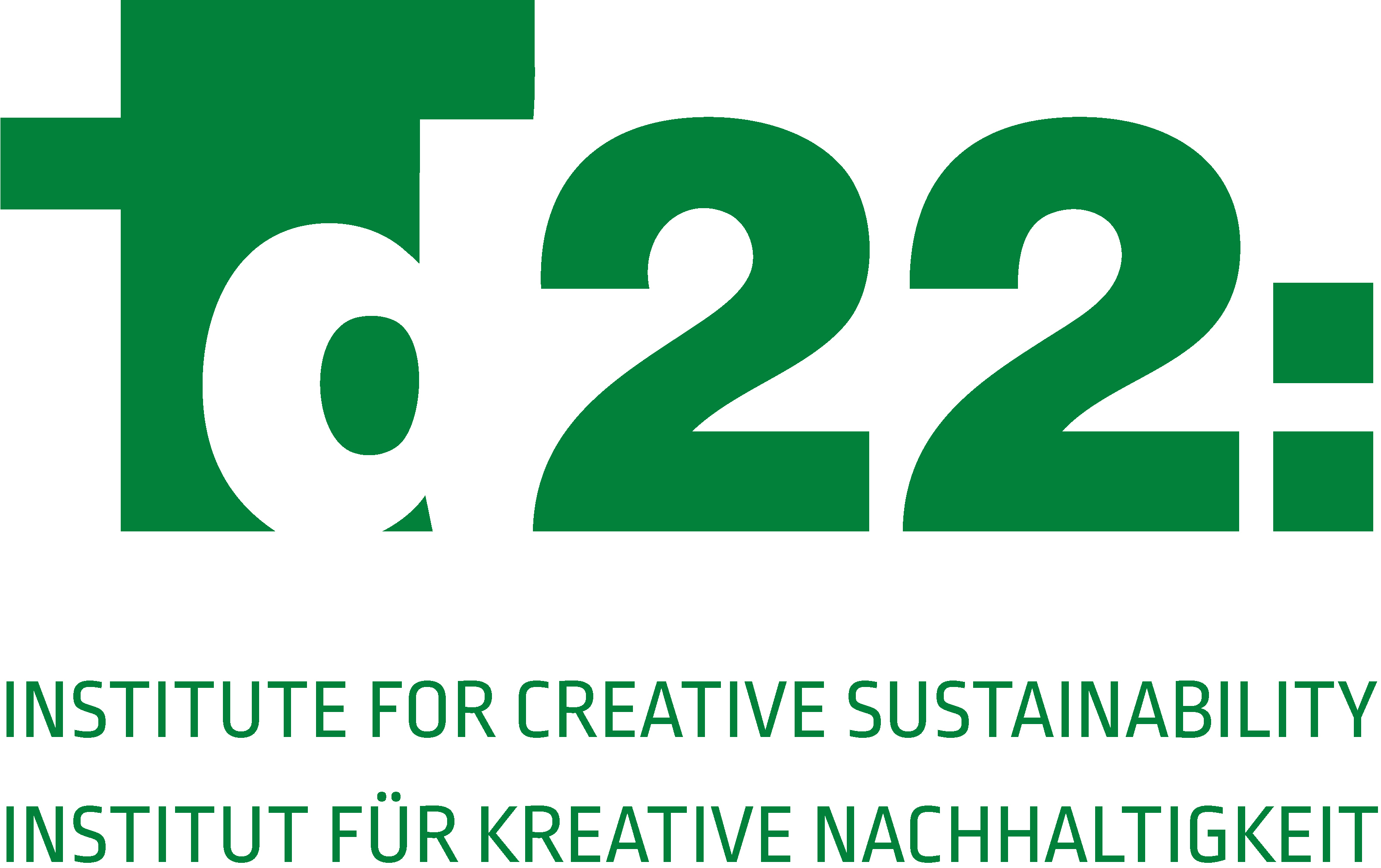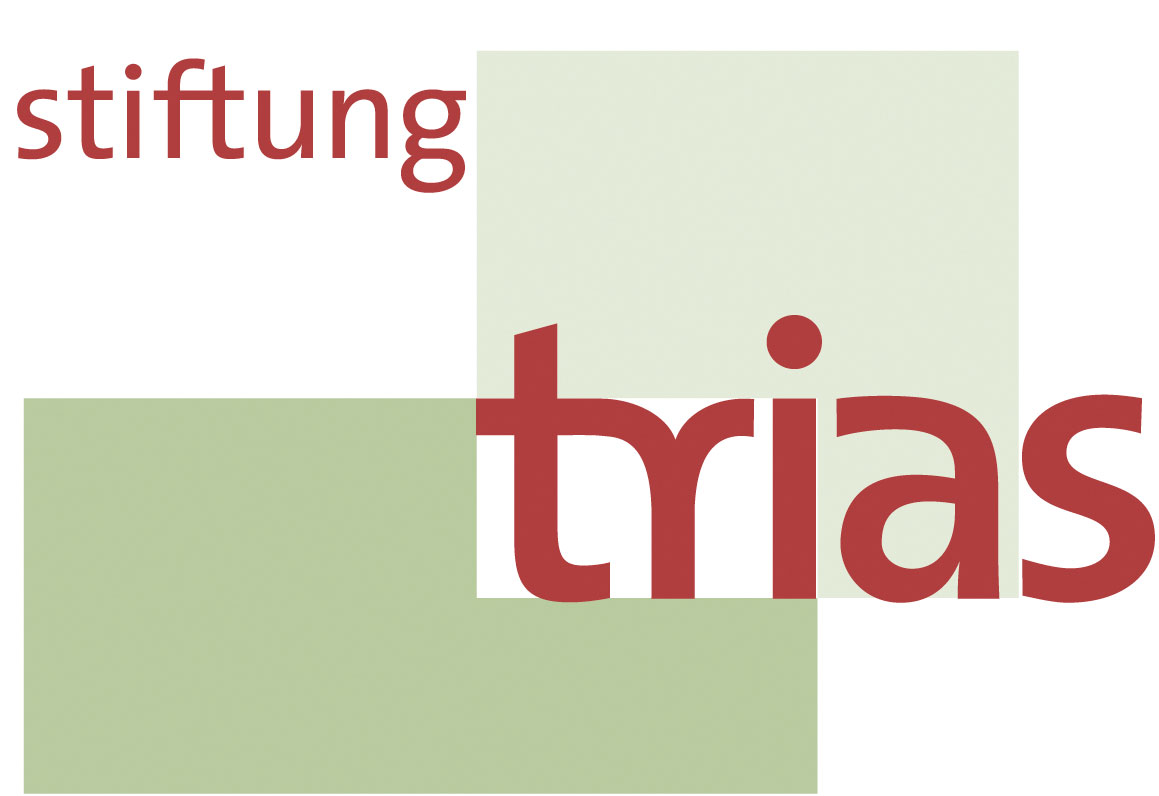Location
CRCLR
(Circular Economy House)
Rollbergstr. 26
12053 Berlin
The CRCLR in their own words:
“The CRCLR House is a Berlin based center for circular economy practices. Established in 2016 as Europe’s first circular economy hub, we invite like-minded individuals and institutions to meet, exchange ideas and collaborate around circular economy projects. We believe that a different way of living and working together is both necessary and possible.
We also believe that circular economy principles are central to designing such a system. At its essence, a circular economy represents a new way of looking at the relationships between markets, customers and natural resources, and thus eliminating the very concept of ‘waste’ and recognizing everything has a value.
This is why we have opened Berlin’s first Circular Economy House as a catalyst for this change.
“Berlin’s ground zero for all things circular.” Exberliner, 2016
At the CRCLR House we run a year round program open to all age groups and people from different professional backgrounds where you can learn about circular practices as applied to various fields. Our program equips change makers with the knowhow needed to develop circular solutions.
Some of these change makers have already established their headquarters in the CRCLR House’s co-working space, in the artist ateliers and labs.
At the CRCLR House we incorporate our values into everything we do-from the construction of our space, to the themes we cover in our program, to the people and the projects we collaborate with.
“The CRCLR team has created a unique, open space to explore creative community-based solutions to systemic global problems. It’s the place to be for all things circular in Berlin.” Joe Iles, Ellen MacArthur Foundation
The Area
The CRCLR House is located in the heart of Neukölln. This area is historically a working class neighbourhood, having played an important part in the labour movement during the nineteenth century. In the twentieth century, the area became home to the various migrant communities of West Berlin. Lower rents attracted artists of all kind and students into this neighbourhood, who progressively turned it into a culturally vibrant and upbeat scene. This led to property developers discovering the area and progressively driving up rental and property prices. You can imagine the resulting pressure this has been exerting on local communities as they are being pushed out by this phenomenon. That’s pretty much the definition of gentrification which we are witnessing here at accelerated speed.
*Neukölln in a nutshell*
Number of inhabitants 300,000
Number of nations 100
Number of unemployed 40.000
Number of startups being founded each year over 1.000
Frau Giffey, the current Mayor of Neukölln, has pointed out that the gentrification process brings positive and negative aspects depending on how it is managed. Her message to the creative community is “Creativity is great but it needs to have a social impact”.
At the CRCLR House we want to seize this opportunity and assume the responsibility to contribute to a positive and inclusive social impact in Neukölln.
Our Project
The CRCLR House is located on the grounds of the former Kindl Brewery. Preventing this space from going down the gentrification road was not a walk in the park. Various property developers had set their eyes on it and there were plans to develop a mall, lofts and a hotel here. In order to prevent this from happening, we teamed up with friends, the municipality, architects and the Edith Maryon Foundation to found Agora Baut eG, a construction coop with the goal to build sustainable and affordable spaces for social impact projects. Today the property is owned by the Edith Maryon Foundation giving us the chance to develop our project with a long term perspective.
Together with volunteers from our community and the guidance of our architects, it took us a year to transform an abandoned space with no light, no electricity or water, into a home for our project. Since our project is all about circular economy principles we wanted to throw nothing away and therefore reused everything we found in the space. Our good intentions lasted for about 20 minutes! Then we ordered the first mixed construction waste container.
Nevertheless we sorted all the material we found into material groups and recycled and reused as much as we could. As an example for our approach we recycled hundreds of bricks. This was very challenging because the mortar that held these bricks together is a highly engineered super glue. In a linear economy this makes total sense, because nobody is thinking about reusing building components. The difficulty to separate both materials made us think: what would mortar look like if it were designed to enable bricks to be reused?
Renata Har turned the mountains of sorted materials into the exhibition “das ist was bleibt”.
After one year of sore muscles, dust and a steep learning by doing together curve (#LDIT) we opened the doors of the CRCLR House in 2017.
The CRCLR House is a center for circular economy thinking. We implement circular practices into everything we do. You can learn more about this in our program and initiatives which range from our community garden, and coworking, to our events and workshops. We are building a community of innovators, creative people, neighbors, businesses and entrepreneurs working to transform the way we live and work together in a circular way.
Future Plans
The vision for the CRCLR House includes three components. The basement will house our circular production facilities. The ground floor will be home to our program on circular practices and offices for people working in the field. The upper floors will be turned into affordable accommodation for our diverse community. We are partnering with Hütten and Paläste on the architectural planning. We are collaborating closely to ensure that the entire House incorporates aspects of circular economy principles bringing us to the next level of #LDIT.
The CRCLR House is a prototype and our headquarters from where we intend to transform linear processes into circular ones, one circle at a time. We know we cannot offer all the answers at once. We’re a home for people and ideas working toward this change. The CRCLR House is a local project, which can have a systemic impact, if it’s translated carefully into other contexts and fields. Our intention is to open our processes in order to empower others to do the same. As Margaret Mead put it: “Never doubt that a small group of thoughtful, committed, citizens can change the world. Indeed, it is the only thing that ever has.”
CRCLR in ihren eigenen Worten:
Das CRCLR Haus ist ein Berliner Zentrum für die zirkuläre Wirtschaft. Wir haben es 2016 als erstes Zentrum der zirkulären Wirtschaft in Europa gegründet. Wir laden interessierte Personen und Institutionen ein, um sich zu treffen, Ideen auszutauschen und gemeinsam an Projekten der zirkulären Wirtschaft zu arbeiten. Wir sind davon überzeugt, dass ein neuer, anderer Weg des Zusammenlebens und Zusammenarbeitens sowohl nötig als auch möglich ist.
Wir glauben auch, dass die Prinzipien der zirkulären Wirtschaftdie Basis und Voraussetzung für ein solches neue System darstellen. In ihrem Kern ist die zirkuläre Wirtschaft ein neuer Weg, die Beziehungen zwischen Produzenten, Konsumenten,Märkten und natürlichen Ressourcen zu betrachten. Und weil man dadurch erkennt, dass alles einen Wert besitzt, wird gleichzeitig das Konzept von “Müll“ ad acta gelegt.
Aus diesem Grund haben wir Berlins erstes Haus der zirkulären Wirtschaft (Circular Economy House) als Katalysator für diesen Wandel eröffnet.
„Berlins Ground Zero für alles, was mit zirkulären Wirtschaft zu tun hat.“ Exberliner, 2016
ImCRCLR Haus veranstalten wir ein ganzjähriges Programm, das für Menschen aller Altersgruppen und Berufe offen steht. Hier kann man die Praktiken der zirkulären Wirtschaft in unterschiedlichen Anwendungen kennenlernen. In unserem Programmerwerben die Agenten der Änderung das benötigte Know-how, um Lösungen für diezirkuläre Wirtschaft zu entwickeln.
Einige dieser Änderungsagenten haben bereits ihren Arbeitsplatz im Co-working Space des CRCLR Haus gefunden, in den Künstlerwerkstätten und Labs.
Im CRCLR Haus folgen wir unseren Werten, bei allem was wir tun – angefangen vom Bau unserer Gebäude über die Themen unseres Programms bis hin zu den Menschen und Projekten, mit denen wir zusammenarbeiten.
„Das CRCLR Team hat einen einzigartigen offenen Raum geschaffen, indem kreative gemeinschaftliche Lösungen für systemische globale Probleme gefunden werden können. Es ist das Zentrum für alles, was in Berlin mit zirkulären Wirtschaft zu tun hat.“ Joe Iles, Ellen MacArthur Foundation
Unser Kiez
Das CRCLR Haus liegt mitten in Neukölln. Diese Gegend ist traditionell ein Arbeiterviertel; es hat auch in der Arbeiterbewegung im 19. Jahrhundert eine wichtige Rolle gespielt. Im 20. Jahrhundert wurde das Viertel zur Heimat von Migrantenunterschiedlicher Herkunftsländer, die nach Westberlin gekommen waren. Die niedrigen Mieten zogen aber auch Künstler und Studenten in das Stadtviertel, worauf sich dann eine lebhafte und interessante kulturelle Szene entwickelte. Schließlich entdeckten Investoren den Kiez, und die Mieten und Grundstückspreise fingen an zu steigen. Man kann sich den Druck gut vorstellen, unter dem die Einwohner leiden, wenn sie durch dieses Phänomen an den Rand gedrängt werden.
Wir erleben hier ein typisches Beispiel für Gentrifizierung im Schnelldurchgang.
Wichtige Zahlen von Neukölln
Anzahl der Bewohner 300.000
Nationalitäten der Bewohner 100
Zahl der Arbeitslosen 40.000
Unternehmungsgründungen im Jahr mehr als 1000
Frau Giffey, die Bürgermeisterin von Neukölln, hat darauf hingewiesen, dass die Gentrifizierung sowohl positive als auch negative Folgen mit sich bringen kann, je nachdem wie sie gehandhabt wird. Ihr Appell an die kreative Community lautet: „Kreativität ist großartig, aber sie muss sich gleichzeitig ihrer gesellschaftlichen Verantwortung bewusst sein“.
Wir vom CRCLR Haus wollen diese Gelegenheit ergreifen und akzeptieren unsere Verantwortung für einen positiven und inkludierenden Einfluss in Neukölln.
Unser Projekt
Das CRCLR Haus liegt auf dem Grundstück der ehemaligen Kindl-Brauerei. Es war nicht einfach, zu verhindern, dass dieses Grundstück ebenfalls der Gentrifizierung zum Opfer fällt. Mehrere Investoren hatten ein Auge auf das Gelände geworfen und es gab bereits Pläne, ein Einkaufszentrum, Lofts und ein Hotel zu errichten. Um das zu vermeiden, haben wir uns mit Freunden, mit der Bezirksverwaltung, mit Architekten und mit der Edith-Maryon-Stiftung zusammengeschlossen und die Agora Baut eG gegründet, eine Wohnungsbaugenossenschaft mit dem Ziel, nachhaltige und bezahlbare Gebäude für soziale Projekte zu schaffen. Das Grundstück ist heute im Besitz der Edith-Maryon-Stiftung, was es uns ermöglicht, unser Projekt mit einer langfristigen Perspektive zu entwickeln.
Zusammen mit Freiwilligen unserer Community und unter der Anleitung unserer Architekten hat es uns ein Jahr gekostet, aus diesem komplett aufgegebenen Raum ohne Strom und ohne Wasser die Heimat unserer Projekte zu machen.
Weil es in unserem Projekt um die Prinzipien der Kreislaufwirtschaft geht, wollten wir nichts wegwerfen und stattdessen alles Gefundene wieder verwenden. Diese gute Absicht hielt für etwa 20 Minuten. Dann bestellten wir den ersten Bauschuttcontainer.
Trotzdem, alles Gefundene wurde sauber nach unterschiedlichen Materialien getrennt und soweit möglich wiederverwendet oder recycelt. Nur als Beispiel – wir haben Hunderte von Ziegelsteinen wiederverwendet. Das war gar nicht so einfach, denn der Mörtel zwischen den Steinen hat sich als extrem haltbar herausgestellt. In einem linearen Wirtschaftsmodell ist das auch sehr sinnvoll, weil niemand an die Wiederverwendung der Baumaterialien denkt. Die Schwierigkeit, diese beiden Materialien zu trennen, veranlasste uns zu folgender Fragestellung: wie würde Mörtel wohl aussehen, wenn er von vorneherein so gemacht wäre, dass man die Ziegel nochmals benutzen kann? Renata Har gestaltete aus den Bergen des sortierten Materials ihre Ausstellung „Das ist was bleibt“.
Nach einem Jahr Muskelkater und Staub, und nachdem wir viel gelernt hatten, wurde das CRCLR Haus 2017 eröffnet.
Das CRCLR Haus ist ein Zentrum für das Denken in Begriffen der Kreislaufwirtschaft. Wir versuchen, die Prinzipien der Kreislaufwirtschaft umzusetzen in allem, was wir tun. In unserem Programm und in unseren Initiativen kannst Du mehr darüber erfahren; sie reichen von unserem Gemeinschaftsgarten über Co-Working bis zu unseren Events und Workshops. Wir wollen eine Community schaffen aus Innovatoren, Kreativen, Nachbarn, Firmen und Unternehmern, welche die Art und Weise, wie wir zusammen leben und arbeiten, im Sinne der Kreislaufwirtschaft umgestaltet.



